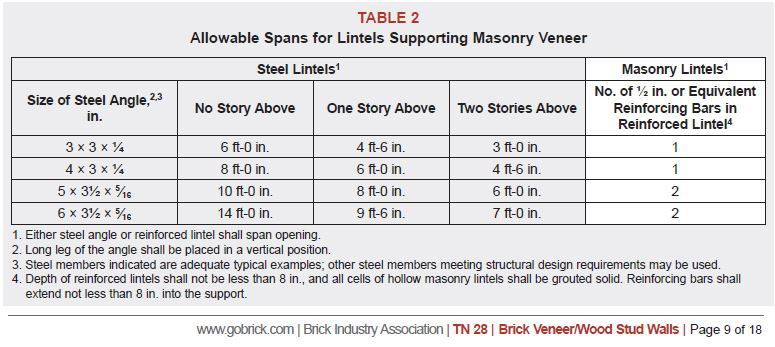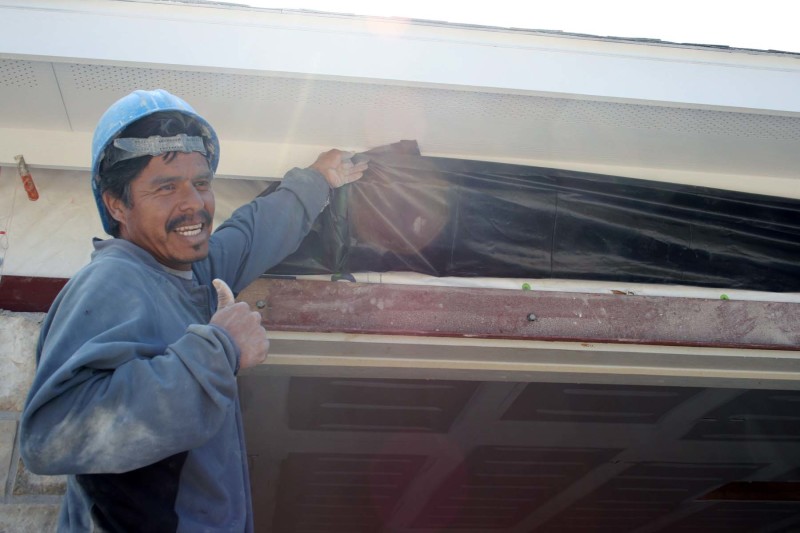PSUengineer1
Structural
- Jun 6, 2012
- 151
Back elevation of house is brick veneer (about 30 feet wide). X-shaped crack pattern in mortar joints above back slider, with some vertical cracks in brick itself (see right side of photo 2). Lateral horizontal offset up to ~1/2" at corner. Do you agree that this movement in the brick is due to thermal horizontal expansion and contraction, AND NOT SETTLEMENT? There is no vertical joint in the brick over the ~30 foot length of the elevation. House is about 50 years old. See attached pics. Thanks.


